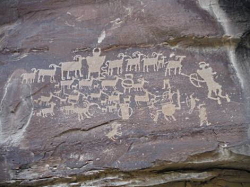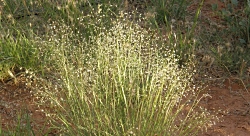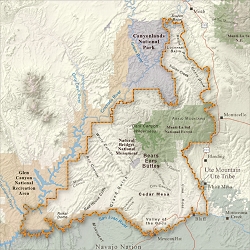![Click on to view the images in a new tab or window This [observatory in Chacho Canyon, NM], is constructed of three large stone slabs [.https://wildaboututah.org/wp-content/uploads/sdagger_s1.jpg] wedged upright with smaller stones. On the day of the summer solstice, a dagger of light cast by the rising sun bisects a spiral carved into the rock behind the stones. On the winter solstice, two daggers of light frame the spiral. https://solarscience.msfc.nasa.gov/suntime/images/sdagger2_s.jpg](https://wildaboututah.org/wp-content/uploads/sdagger2_s1.jpg)
Courtesy NASA Solar Science
https://solarscience.msfc.nasa.gov/suntime/talk1.stm
Indigenous people in the far reaches of the planet, constructed monuments with intention that mark the position of the sun on the solstices and equinoxes—the pyramids of Egypt, the moai on Rapa Nui (the most isolated island on earth), the temples of Chichén Itzá, Stonehenge, and numerous others.
These solar calendars where created thousands of years ago, before airplanes, satellites, space shuttles, and smartphones. They were likely constructed without any knowledge that other people in other parts of the world were doing the same. Each of these monuments are distinctive in their approach, a testament to both human curiosity and creativity.
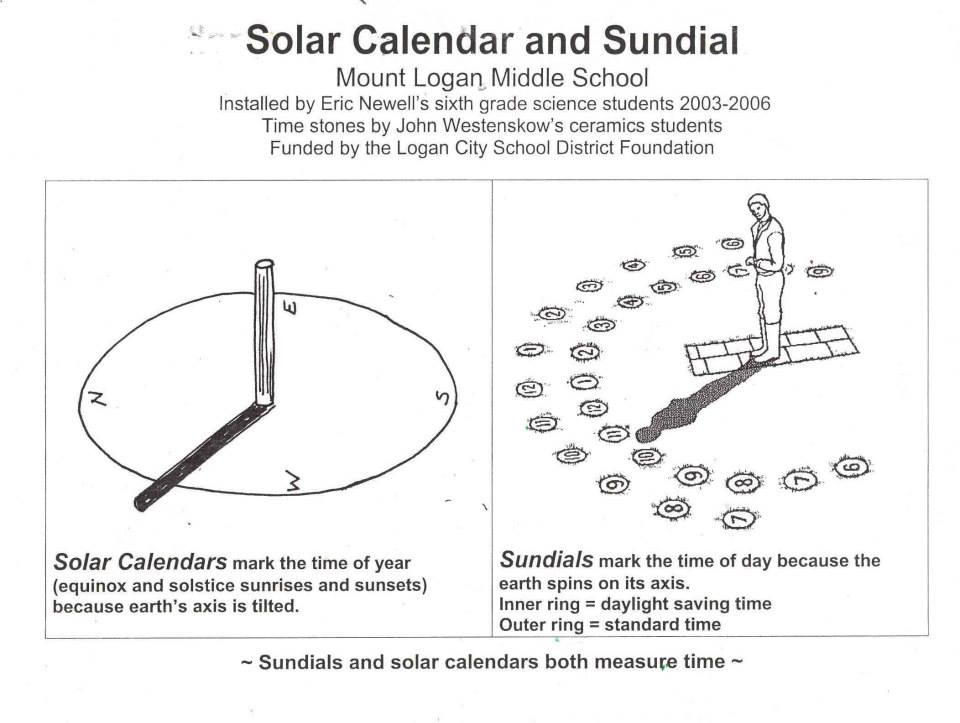
Courtesy & Copyright Eric Newell
Mount Logan Discovery Solar Calendar
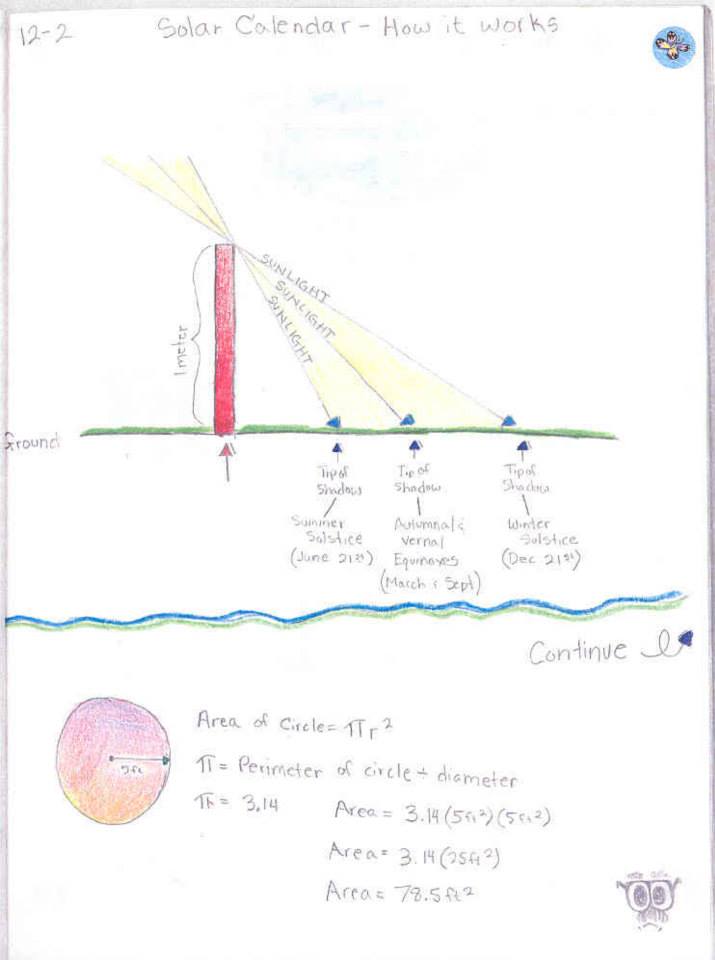 Solar Calendar – How it Works
Solar Calendar – How it Works
Courtesy & Copyright Eric Newell
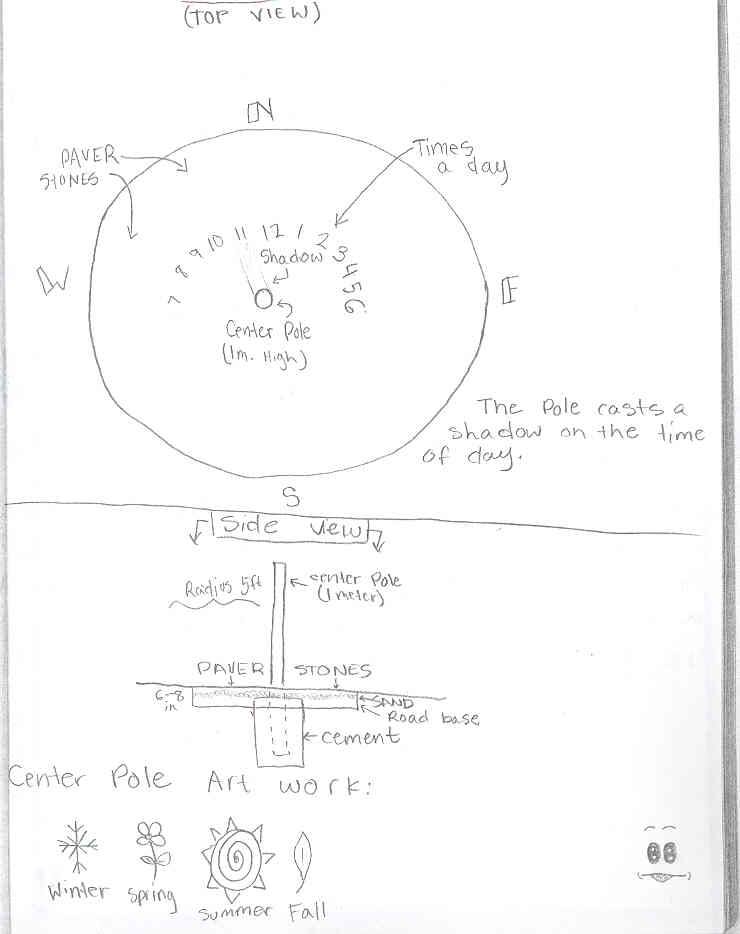 Solar Calendar Design
Solar Calendar Design
Courtesy & Copyright Eric Newell
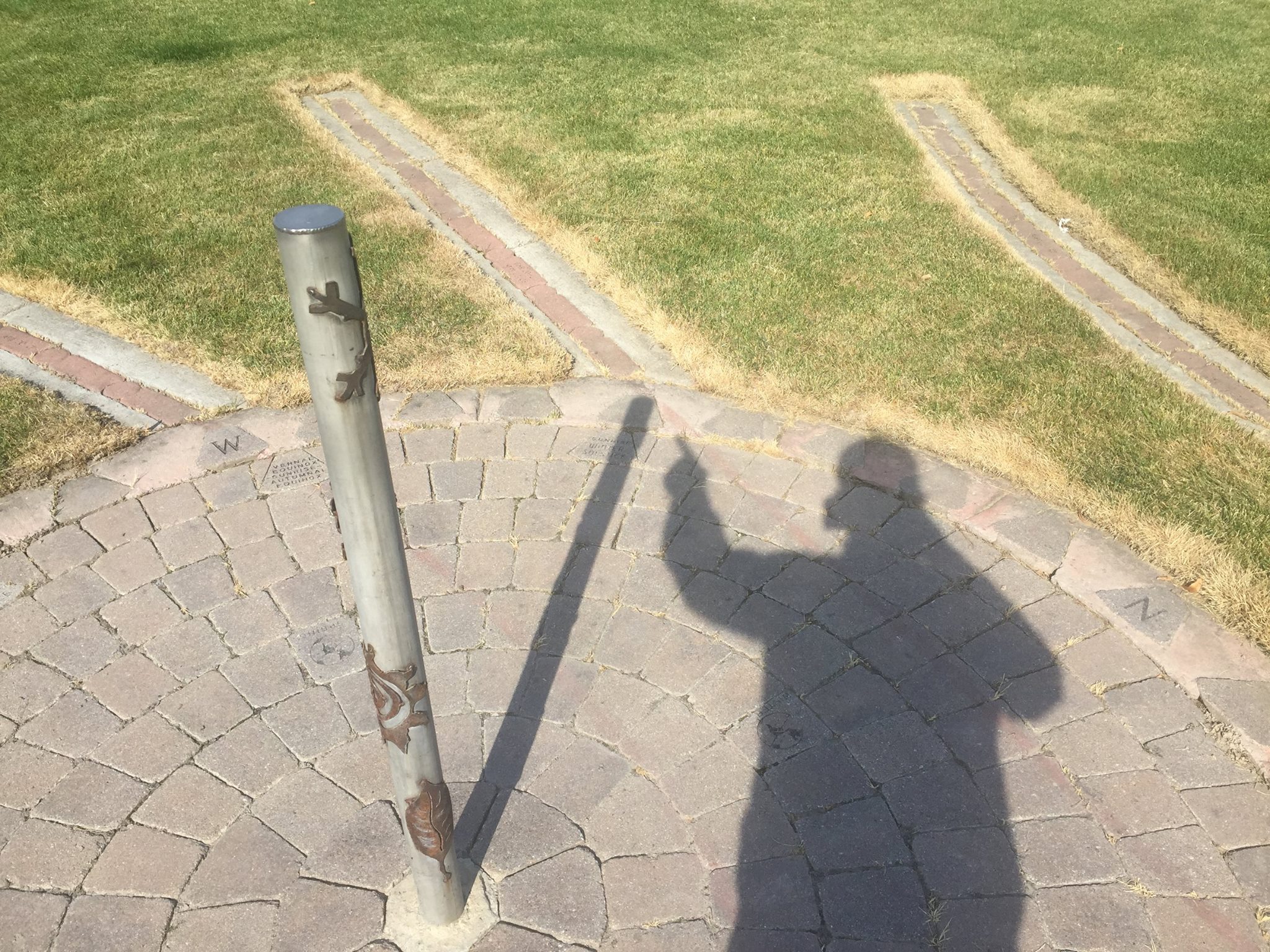 Observing From the Solar Calendar
Observing From the Solar Calendar
Courtesy & Copyright Eric Newell
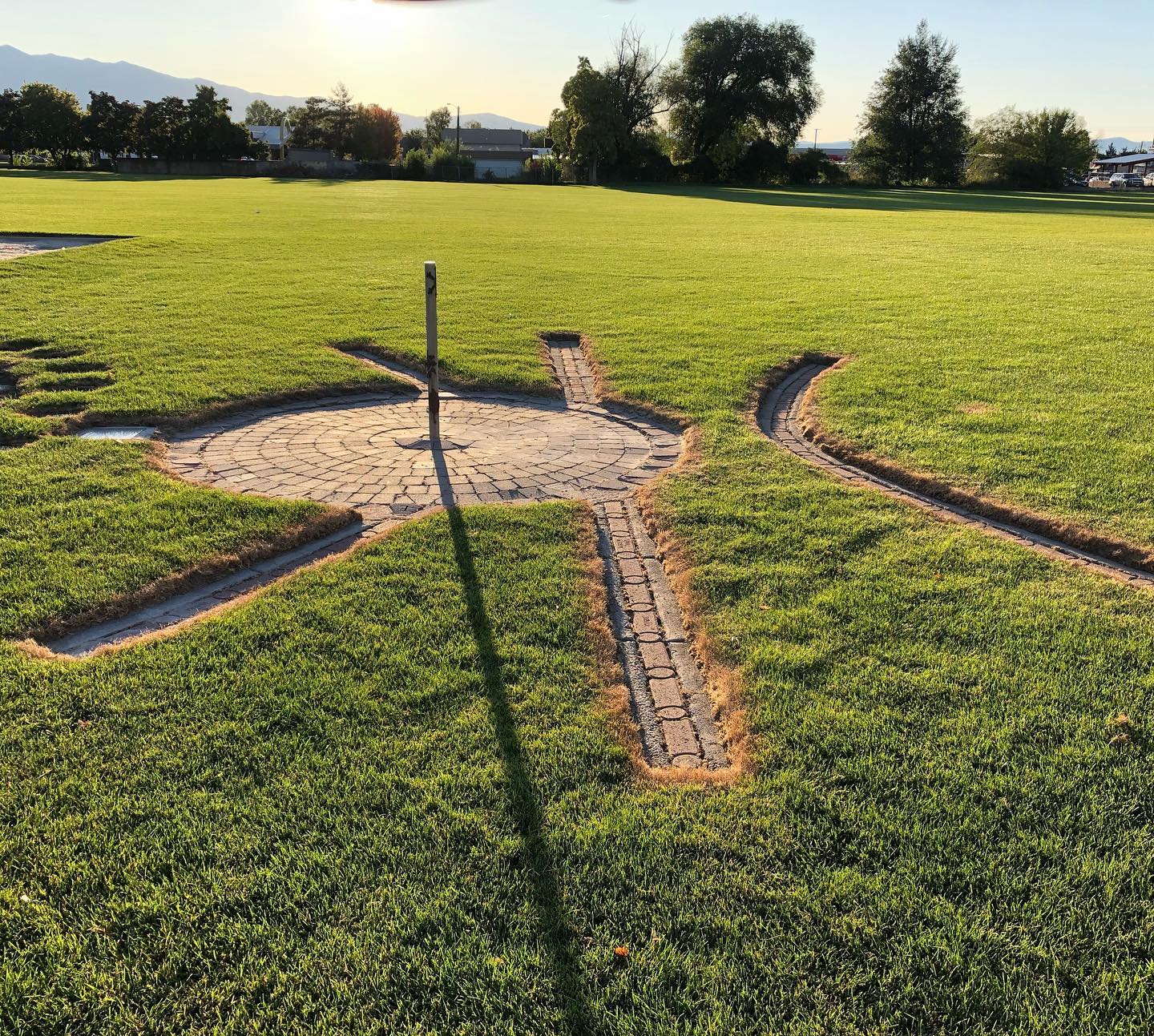 Completed Solar Calendar
Completed Solar Calendar
Courtesy & Copyright Eric Newell
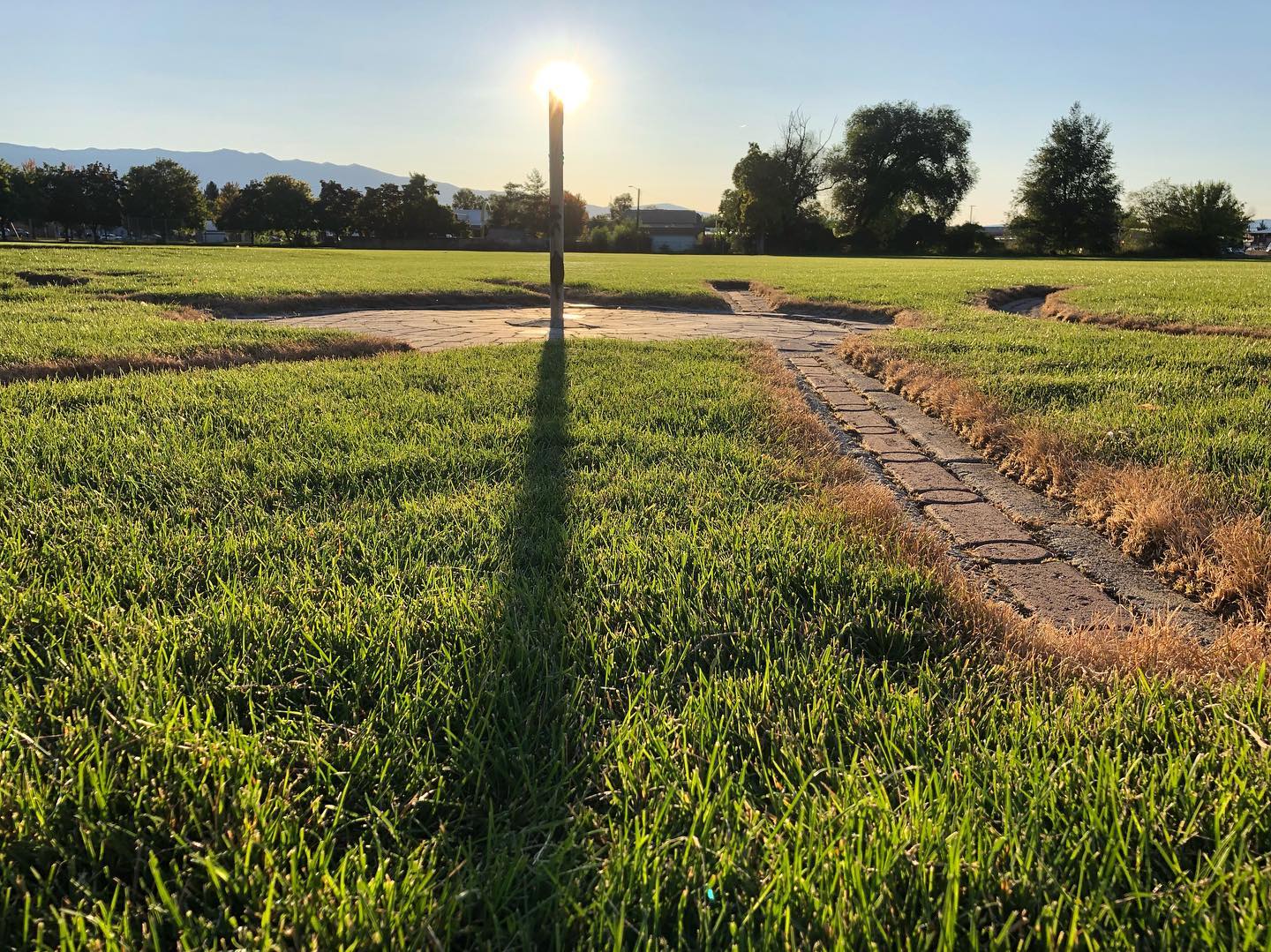 Solar Calendar Near Solstice
Solar Calendar Near Solstice
Courtesy & Copyright Eric Newell
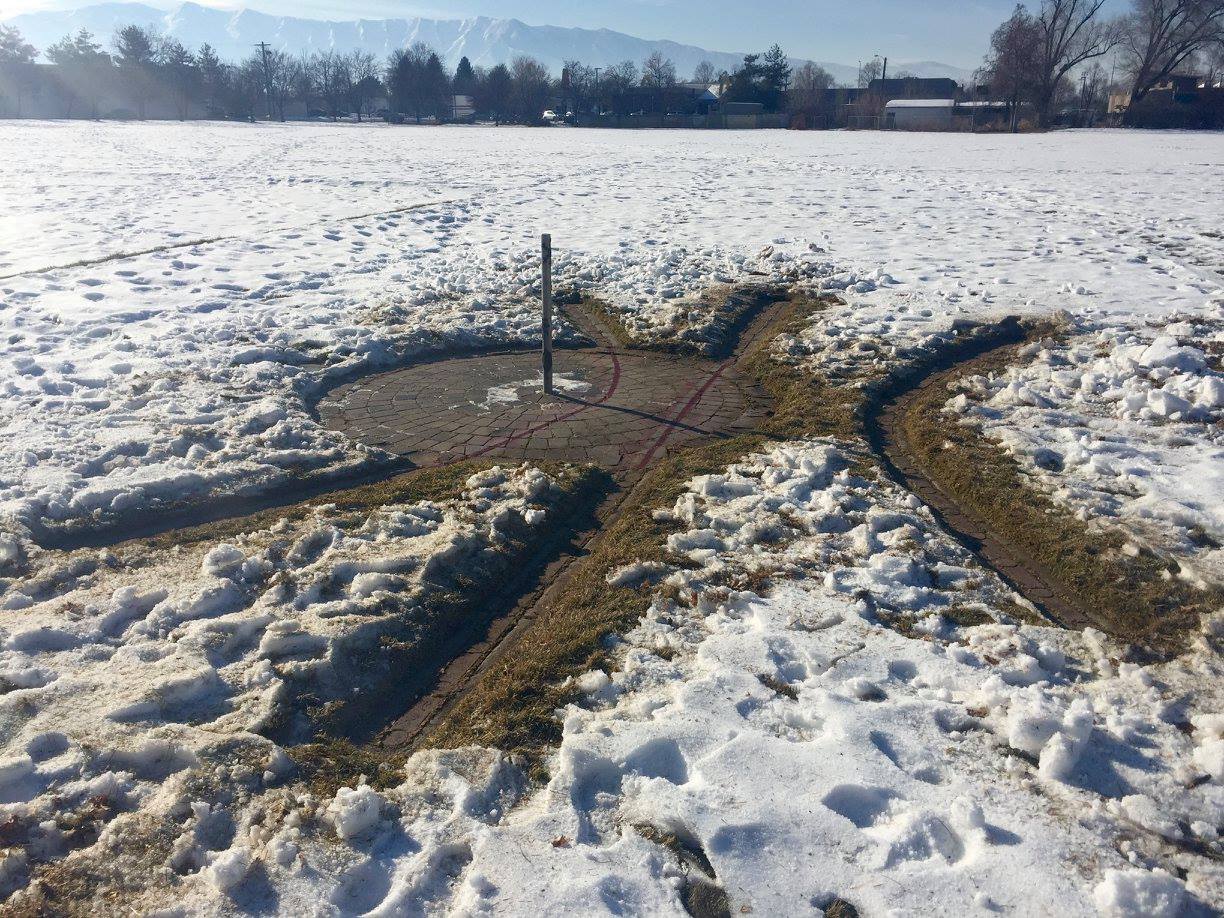 Solar Calendar Layout in the Snow
Solar Calendar Layout in the Snow
Courtesy & Copyright Eric Newell
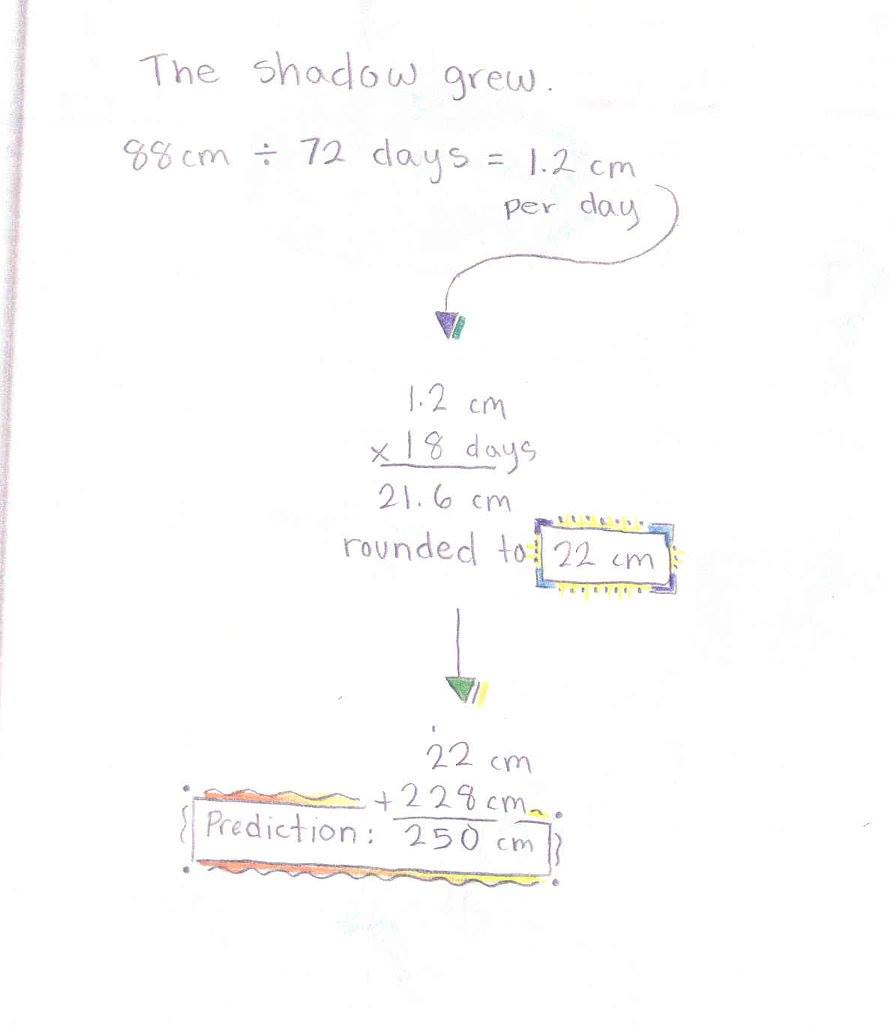 Observations: The Shadow Grew
Observations: The Shadow Grew
Courtesy & Copyright Eric Newell
Mount Logan Discovery Human [Analemmatic] Sundial
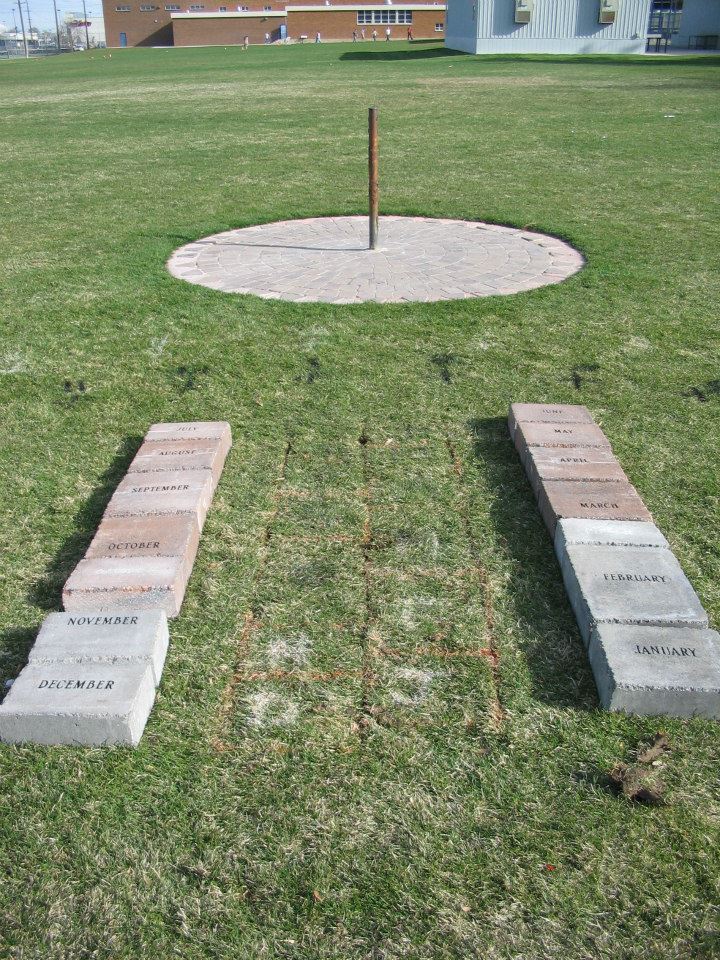 Human Sundial
Human Sundial
Pre-Installation
Month Stone Layout
Courtesy & Copyright Eric Newell
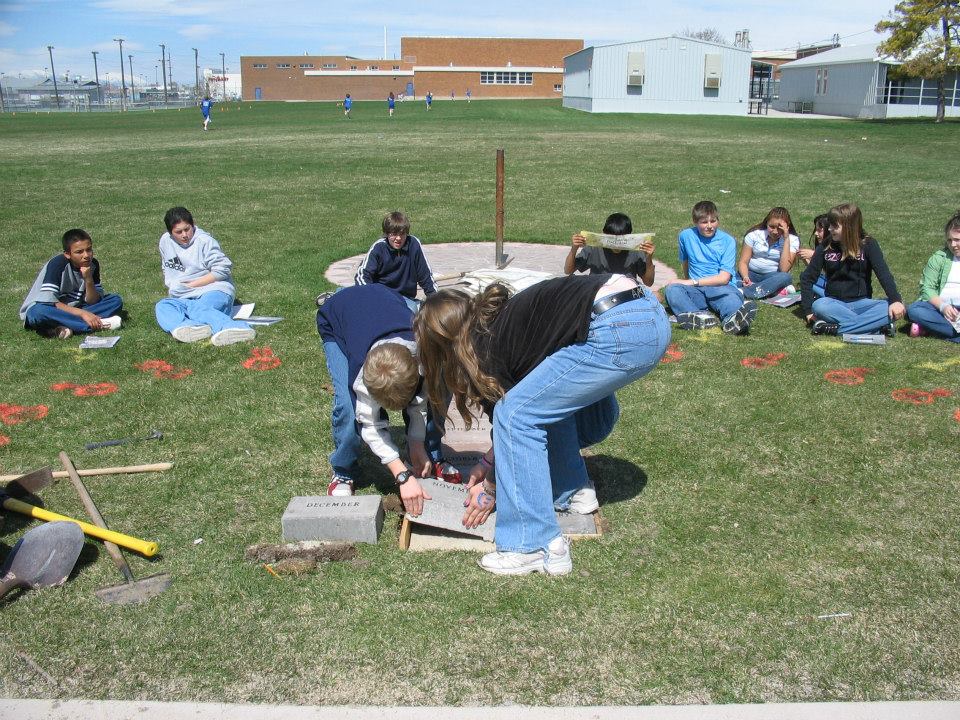 Students Install the Solar Sundial Month Blocks
Students Install the Solar Sundial Month Blocks
Courtesy & Copyright Eric NewellWhen I started teaching 6th grade science at Mount Logan Middle School (in Logan, Utah), in 2003, state curriculum standards required me to teach why we have seasons, why we have night and day, and the basics of the solar system. The science textbook would put insomniacs to sleep. I struggled to figure out how to teach these concepts in ways that would captivate my students’ attention and allow them the chance to construct knowledge through project-based learning.
I was explaining my fascination with ancient solar calendars to my sixth graders in class one day and in the moment I said, “Hey, we should build a solar calendar at our school.” My students cheered a loud “Yeah!” and a new project was born.
I did some research, wrote and received a $500 grant from the Logan Schools Foundation for materials, ruffled a few feathers, and set to work with a simple plan that involved my 6th graders at every step. We cemented a metal pole in the ground on the edge of the soccer field, decorated with student art representing the four seasons. We surrounded the pole with a circular pattern of paver stones, enlisted the sand blasting services of a local headstone company, and then we started marking the shadow of the tip of the pole throughout the year. We had no idea how it would turn out.
What I thought would be a year-long project became a five year project. The shadows cast by the pole were not always easy to observe with storms and cloud cover. Cache Valley inversions—that trap fog and smog in the valley—made marking winter solstice shadow lines especially illusive.
We would mark the tip of the shadow throughout the day and then connect the dots to trace and identify the patterns. On the spring equinox a curious thing happened—we discovered the shadow line makes a perfectly straight line that runs exactly west to east. The same is true for the autumnal equinox. We did some research and confirmed our findings. This is something you can try anywhere. This year the autumnal equinox occurs September 22nd. Mark the tip of the shadow of any pole or post throughout the day on fairly level ground in your yard—an hour or two apart if you want, but the intervals don’t really matter. Then connect the dots and see what happens.
The solar calendar at Mount Logan Middle School marks the time of year and is our evidence that the earth’s axis is tilted.
We added an interactive sundial, with a human gnomon. When you stand on the correct month stone, your shadow falls on the time of day. The human sundial is our evidence that the earth spins on its’ axis.
Outside of school hours, you can find and interact with the human sundial and solar calendar on the soccer field at Mount Logan Middle School, located north of the sand volleyball court. Even though I no longer work there, I visit a couple of times each year. I take my weed eater, a shovel, and a blower and clean up the paver stones that mark the shadow lines of the solstices and equinoxes. I am frequently there alone in the evenings when I do this. While I work, I wonder about the hands that carved those spirals in the Cliff House Sandstone behind the slabs of rock in the New Mexican desert. I always set down my tools for a few minutes and watch with amazement as the shadow tracks along the pathways my sixth graders marked two decades ago.
I am Eric Newell, and I am wild about Utah and equinoxes and solstices.
Credits:
Images: Courtesy NASA Solar Science and Courtesy & Copyright Eric Newell, Photographer and author
Featured Audio: Courtesy & Copyright © Anderson, Howe, Wakeman
Text: Eric Newell, Edith Bowen Laboratory School, Utah State University
Additional Reading: Eric Newell & Lyle Bingham
Additional Reading
Wild About Utah Pieces by Eric Newell
http://MountLoganDiscovery.org/ (Hint: Select Projects on the left to find links to the Solar Calendar and Human Sundial pages)
Mount Logan Middle School Solar Calendar and Human Sundial Webpages (Hint: Select Sundial or Solar Calendar below the image.)
Mount Logan Discovery Solar Calendar
Mount Logan Discovery Human Sundial
Archeoastronomy in Stone, National Park Service,
https://www.nps.gov/articles/000/archeoastronomy-in-stone.htm
Ancestral Puebloan Sun Calendars
https://www.nps.gov/media/video/view.htm%3Fid%3D4A2A3F5E-7710-4A87-BC20-A8E833CBCE17
Schaefer, Bradley E., Stamm, James, A Case Study of the Picture Rocks Sun Dagger, Pluss a Review of the Intentionality of Sun Daggers, https://apod.nasa.gov/apod/image/2008/PictureRocks_Sundagger_JAHH.pdf
Friday Finishers: Logan landmark, The Herald Journal (HJNews), Jun 28, 2013,
https://www.hjnews.com/allaccess/friday-finishers-logan-landmark/article_7c9554ee-df82-11e2-b142-001a4bcf887a.html
Sundial Registry, Logan, UT Number 804, North American Sundial Society, https://sundials.org/index.php/component/sundials/onedial/804
Making an Analemmatic Sundial, North American Sundial Society, September 22, 2019, https://sundials.org/teachers-corner/sundial-construction/299-making-an-analemmatic-sundial.html

